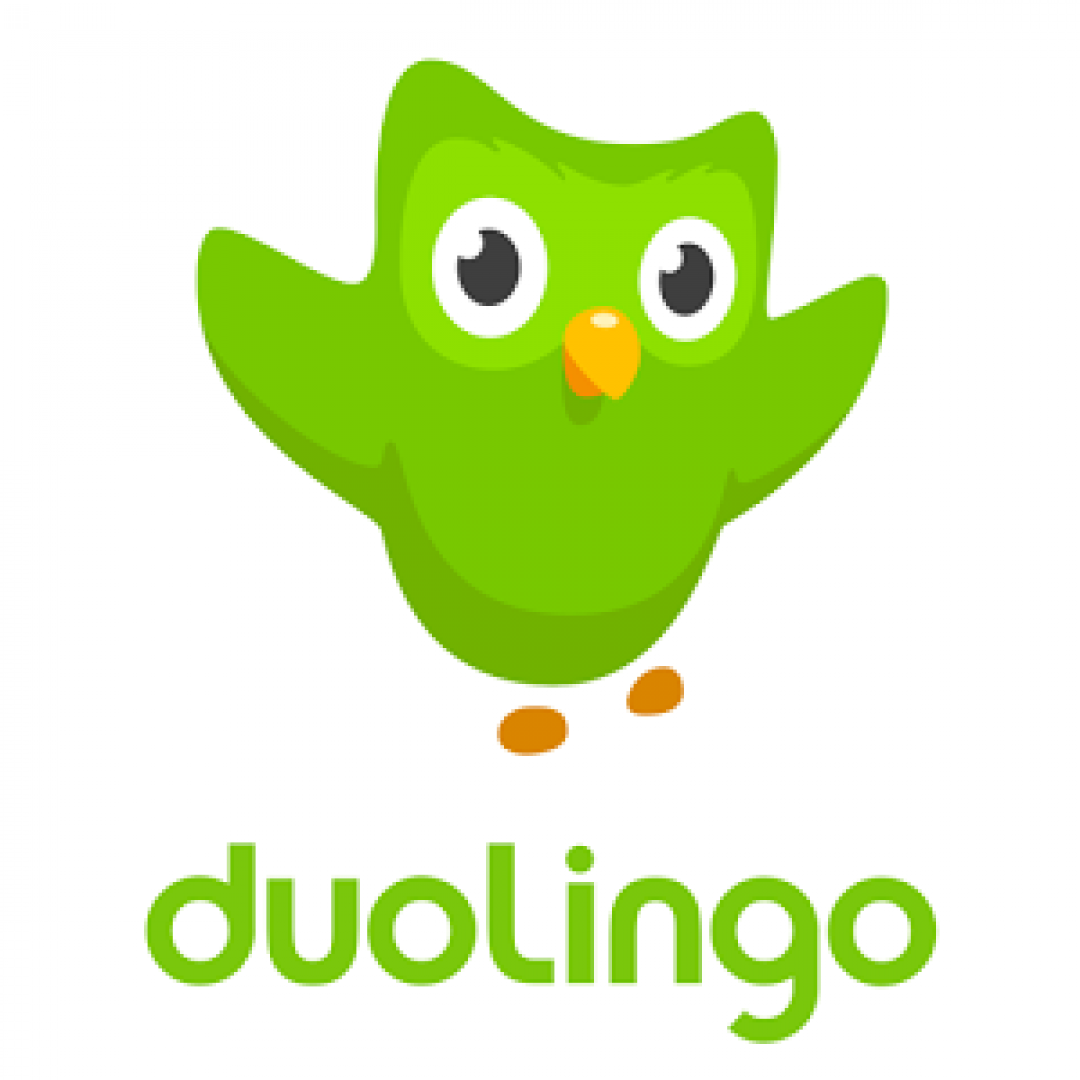About Duolingo
Let’s face it, a teacher can make or break a student’s learning.
One of the founding members of MacroHint was required to take an intermediate French course at his university and while he was not even remotely excited to take the online asynchronous course (poor economics student), his assigned professor (who will absolutely remain nameless in the interest of privacy) was a gem in helping him learn more of and about the French language while also having some fun in the process.
From sending in interactive videos where he was forced to properly ask and answer questions en français to having various ways in which he could practice vocabulary and verb conjugations on the weekends (yes, he’s a gigantic nerd, whatever, deal with it), this language class was run quite well and we tip our hats to the professor and the selected supplemental application that helped one of our founders immensely (Lingco Language Labs).
At the end of the day, learning a new language in a classroom setting can be fun after all.
At least, that’s more than likely what founder of Duolingo, Luis von Ahn, believed and still holds to be true in putting the app/program together for the more casual, fun-focused language learner.
Duolingo itself is a more modern, interactive Rosetta Stone, to us, at least, in that it is a platform through which people all around the world can select a language they wish to learn through the platform and intentionally practice and gain a more meaningful grasp of the language in question.
Say I wanted to take a trip to Holland but I had not a lick of Dutch under my belt.
I could go to Duolingo (either go to their website or download the mobile app), offer some information about myself such as why I am learning the language, my previous experience with the language, how much time I’d like to dedicate each day to working on learning and practicing the language, among a few other specifications and shortly thereafter be on my merry way in preparing for the trip to the Netherlands.
Honestly, it’s pretty cool, as we ourselves have used the app for fun in the past.

Before getting into this company’s core financials and other relevant financials, ratios and metrics, it’s important to note that Duolingo makes a considerable amount of its money by offering a premium plan (no ads being the main point of attraction) as well as, for those who don’t opt to spring for the premium plan, it generates revenue through displaying ads on its platform, quite similar to many other technology platforms and app-based platforms, such as prominent music streaming service Spotify.
Now that some of the basic but important bases regarding Duolingo have been adequately covered, let’s dive right into this company’s core financials and other pertinent ratios so as to determine whether or not its stock (NASDAQ: DUOL) is worth considering as an investment.
Duolingo’s stock financials
In getting things kicked off, Duolingo (NASDAQ: DUOL) is currently trading at a share price of $150.40 with an accompanying market capitalization of $6.2 billion along with a price-to-earnings ratio that is not listed and no annually distributed dividend to be found.
Putting this initial information together, there isn’t much of anything that surprises us about this company and these figures, as given the previously touched on business model Duolingo runs, it will likely take a while for this company to have earnings to report and if it does happen to have any earnings, they are more than likely being reinvested back into the business so as to continue bettering and differentiating its platform, which is also a likely reason it doesn’t dish out an annual dividend to its shareholder base.
Learning more about this company, let’s take a brief look at the overall state of its balance sheet.
Specifically, Duolingo’s executives are tasked with handling and managing $747 million in terms of total assets along with $205 million in terms of total liabilities, which is a great sign for this company, as it seemingly has the basic financial firepower to sustain itself and its operations throughout the rest of the current economic recession (namely, with $608 million in cash) and it has, all things considered, a tamed amount of total liabilities which is certainly not a negative, especially in this current economic environment.
As it relates to the company’s income statement, Duolingo’s total annual revenues in recent years have risen at an exponential rate, listed at around $70.7 million in 2019, $161.7 million the next year, $250.7 million in 2021, all the way up to its latest reported figure (displayed on TD Ameritrade’s platform) of around $369.4 million in 2022.
This growth in revenue hints at a few different things.
One, this company’s ability to generate revenue seems largely insulated from recessionary pressures, as even during some of the most tumultuous economic conditions of recent history, Duolingo was still able to increase its revenues year-over-year (YOY), at a strong rate at that.
We guess that people want to learn languages (and perhaps pay for the opportunity) no matter what the state of the economy may be.
Additionally, this signals that Duolingo could be nipping away at some of the competition’s lunch (market share, really), which is a great thing as well for those who are currently invested in or pondering an investment in this company’s stock (NASDAQ: DUOL).
Moving right along to the company’s cash flow statement, Duolingo has been burning through some cash since 2019, however, it has been a lot more contained than we had initially anticipated.

Par exemple (“for example” in French), the company reported negative net income figures of approximately -$13.5 million, -$15.7 million, -$60.1 million and -$59.5 million in 2019, 2020, 2021 and 2022, respectively.
Even though the company burned through some cash during the last handful of years, it was kept at a more than contained amount tied with the fact that during each of those years, its total cash from operations was positive, which to us is a great, great sign for a younger, specialized software company, as this isn’t all too common of a trait.
Duolingo’s stock fundamentals
Onto a more somber piece of news, according to the figures displayed on TD Ameritrade’s platform, the linguistic education software space isn’t exactly well known for its impressive trailing twelve month (TTM) net profit margin.
For instance, on TD Ameritrade’s platform, Duolingo’s TTM net profit margin is listed at -12.38% to the industry’s average of -21.81%, which is both good and bad in the sense that this company’s TTM net profit margin is already considerably higher than that of the industry’s average, but when a negative TTM net profit margin is a sort of status quo for companies within this sector (again, on average), how high really is the ceiling for a company such as Duolingo in the long run?
If there wasn’t a feasible path towards attaining positive TTM net profitability, say, within the next seven years, it would likely be very difficult to make a case for investing in this company’s stock (NASDAQ: DUOL).
From the perspective of its TTM returns on both assets and investments, Duolingo’s are both moderately worse than that of the industry’s averages, however, this doesn’t immediately concern us, as this is a relatively new company (founded in 2011) and thus it is more than likely a matter of some time before its aforementioned return metrics can and will catch up to the industry’s averages, so long as this company’s executive team remains financially prudent and efficient with its capital both now and later.
Should you buy Duolingo stock?
In referencing Duolingo’s share price history (NASDAQ: DUOL), this company’s share price is closing in on all-time highs at the time of this writing and as the current recession deepens and consumers broadly continue cutting discretionary spending, it might make sense to wait on this stock, as we don’t assume it’s going to hit $200 anytime soon.
Nevertheless, Duolingo’s total annual revenues have been nothing but resilient, its TTM net profit margin outpaces that of the industry (on average), its balance sheet is in great shape and it simply has a very fun, well enjoyed product in its language learning platform.
Incorporating all of this information, including our intuition that the economy is heading for lower lows well before reaching higher highs, we think this company’s stock (NASDAQ: DUOL) has a little more coming down to do and is thus worth waiting on following the current recession.
This being the case, at this current moment in time we deem it more sensible to give this company’s stock a “hold” rating.
DISCLAIMER: This analysis of the aforementioned stock security is in no way to be construed, understood, or seen as formal, professional, or any other form of investment advice. We are simply expressing our opinions regarding a publicly traded entity.